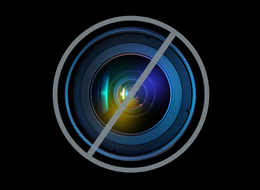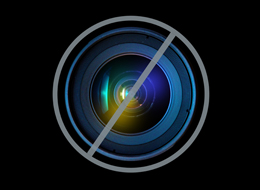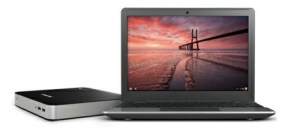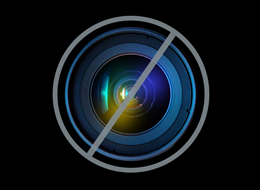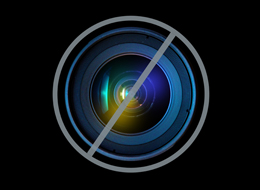Just before Halloween in 2009, Canon announced its most powerful DSLR to date. The $5,000 full-frame EOS-1D Mark IV was the company's answer to Nikon's market-leading D3S, which rang in just shy of $5,200. On the basis of price alone, Canon won that round. Then, after two years of silence, the company launched its new flagship, the 1D X. The date was October 18th, 2011 -- roughly 10 (or "X") years after the very first model in the series was announced, way back in 2001. A decade ago, Canon priced that introductory 1D at $5,500 -- a princely sum considering the 4.15-megapixel CCD on board. Now, the 1D X, which is arguably the most powerful sub-five-figure camera available, commands 6,799 of your hard-earned dollars, or $800 more than the D4, Nikon's $6,000 equivalent. All this talk of price may seem to skirt the camera's long list of lust-worthy features, but when the cost of any piece of hardware approaches a year's tuition at a public university, a purchase decision deserves thorough consideration.
A camera in this league is absolutely to be used as a professional tool. And while deep-pocketed amateurs may pick one up -- in the way folks with cash to burn may build a collection of overpowered two-seaters -- the vast majority will live in $30,000-plus kits, where they'll reach six-figure shutter counts, and will likely change hands several times before their eventual retirement. Right now, you're probably researching the 1D X as exhaustively as you would a new car -- in fact, you may have even lined up a test drive, through the company's Canon Professional Services group. Many months after it was first announced, we've had an opportunity to take the new eXtreme model for a spin ourselves, and it's every bit as impressive as its price tag suggests. Canon's top model isn't any smaller or lighter than its predecessors, the 1D Mark IV or 1Ds Mark III -- but is all that bulk justified, despite strong contenders like the workhorse 5D? Buckle up and join us in the field (ahem, after the break) to find out.
Design
Canon doesn't need to budget any precious advertising funds to spread word about the 1D. The company's flagship model is one of the most photographed DSLRs on the planet, though like the shooters that stand behind it, this camera spends much of its time in the background. Perhaps you caught some of the World Series, or the Super Bowl, or maybe the Olympics earlier this month -- behind each of those enormous white "paparazzi" lenses, there was likely a Canon 1D. The camera's design has become iconic, symbolizing professionalism, quality and power.
To the untrained eye and with a bit of gaffer tape atop the prominent silver X, this 1D would look like any other -- superficially, the design hasn't evolved all that much in a decade, though button placement has shifted as controls have been added. And, since it hasn't changed a lick since our first demo last year, we're including that accurate account above. Like other full-size DSLRs, this model is designed to provide a natural feel in portrait mode (positioned vertically), should you find yourself in a studio setting or alongside a red carpet. Key controls like the AF-ON button, exposure lock and focus position all enable easy toggling regardless of your orientation, while secondary shutter release and exposure dials provide direct access in both positions as well.

Dual CF card slots tucked behind a textured plastic door let you duplicate your captures (with identical cards) or boost capacity, while the large secondary control wheel to the left of the storage compartment hasn't changed a bit over the years. Also identical is the battery design, which provides for easy access while also enabling a secure fit, letting you swap 2,450mAh LP-E4N packs. Up top, you won't find a flash or even a focus-assist lamp, but instead you'll see Canon's signature raised pentaprism, with a hot shoe atop, which you can use to accommodate a Speedlite flash, or perhaps even one of those nifty floral silver covers.











